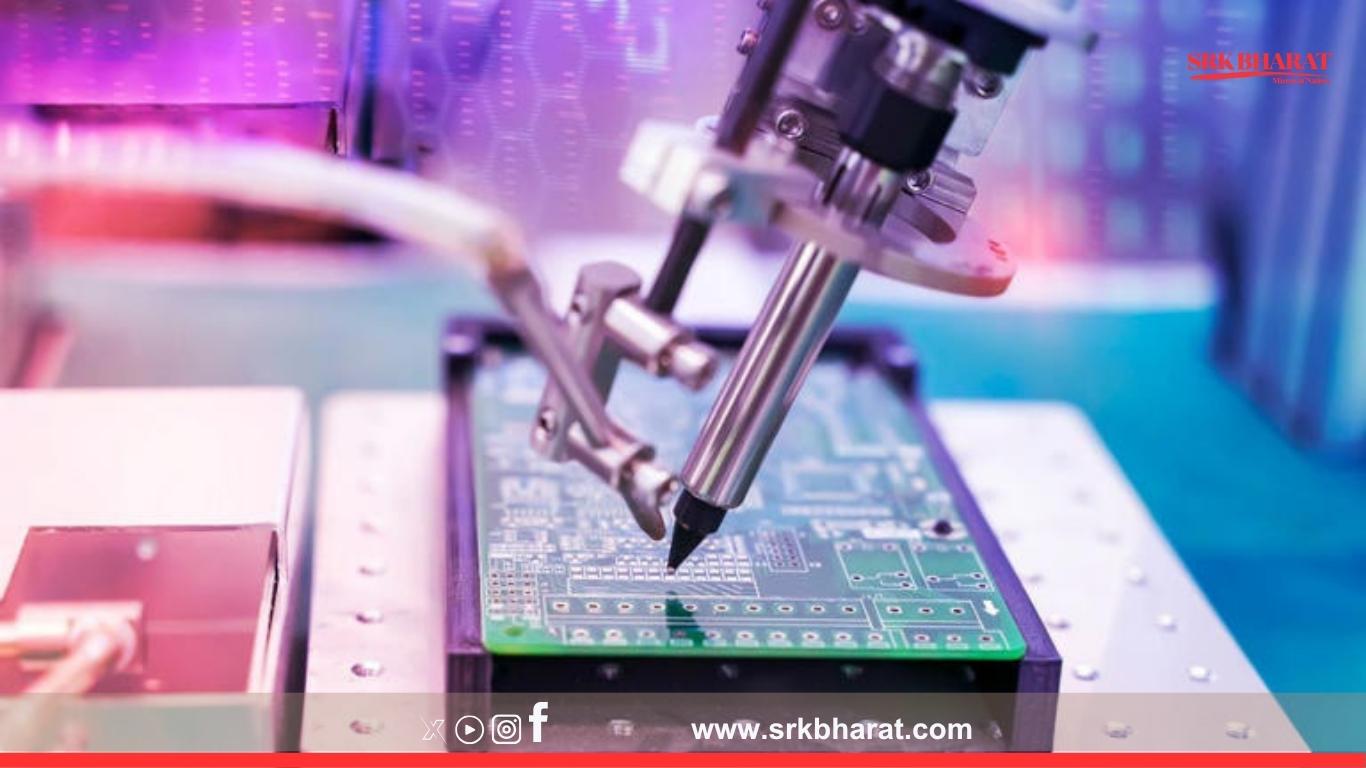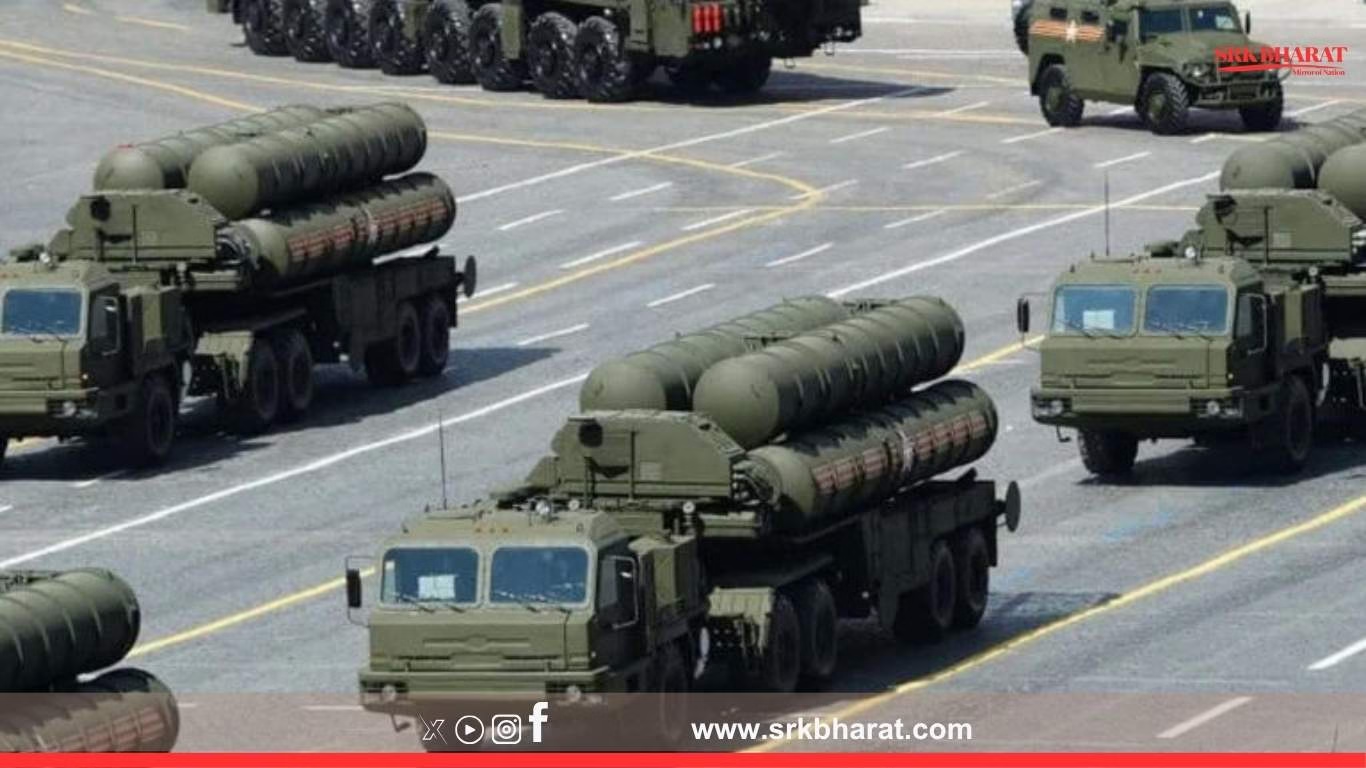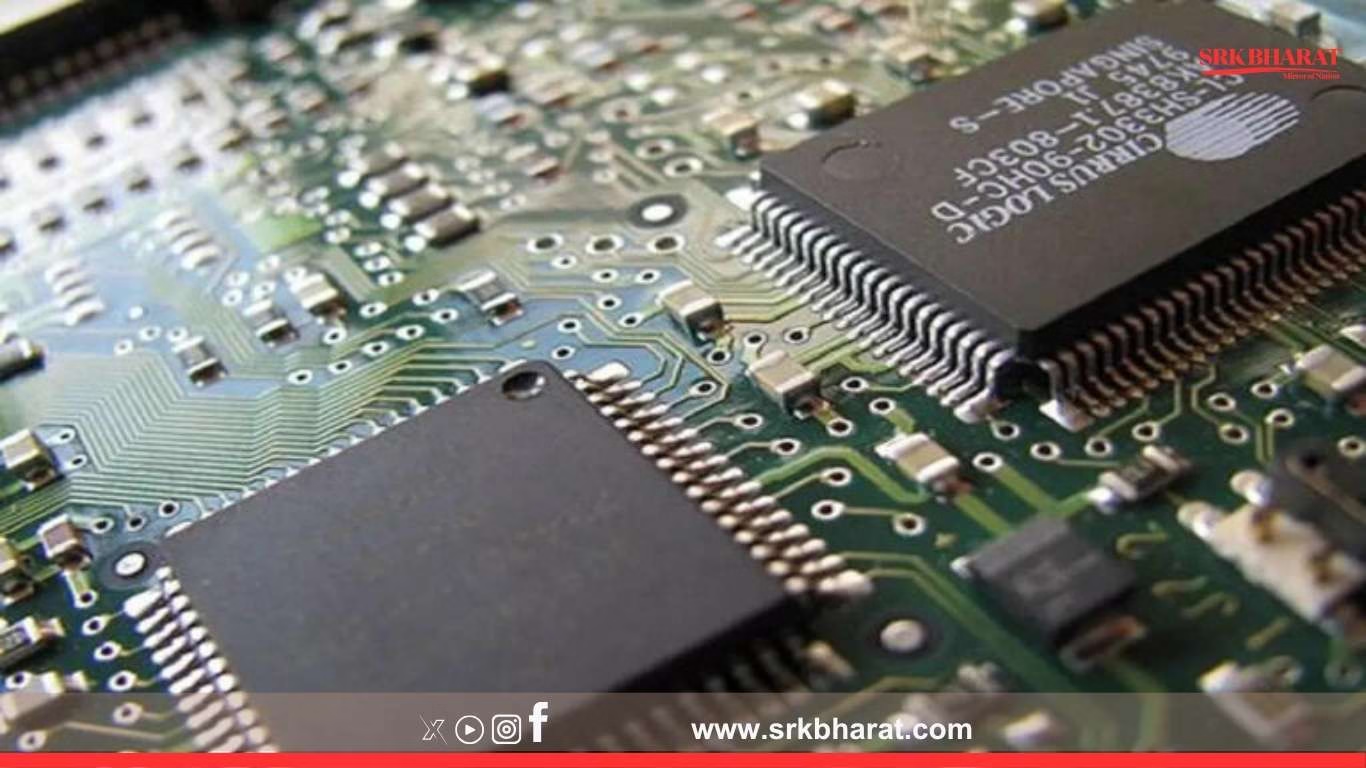India is taking significant strides to expand its semiconductor ambitions beyond merely setting up fabrication plants (fabs). The government is now shifting focus towards advanced packaging, research in two-dimensional (2D) materials, and strategic “leapfrog” technologies to strengthen its competitiveness in global chip design and manufacturing.
From Fabs to a Complete Ecosystem
Under the ₹76,000 crore India Semiconductor Mission (ISM), initial efforts emphasised building wafer fabrication units and Assembly, Testing, Marking, and Packaging (ATMP) facilities. The first phase saw approvals for major players like Tata-Powerchip, Foxconn-HCL, and Micron, focusing on mature nodes ranging from 28 nm to 65 nm.
However, as global semiconductor needs evolve rapidly with AI, 5G, and automotive demands, India is now widening its approach. The next phase, informally referred to as ISM 2.0, is prioritising advanced packaging facilities and research in 2D materials to ensure long-term technological leadership.
Why Advanced Packaging Matters
Advanced packaging enables heterogeneous integration by connecting multiple chips with high bandwidth and efficiency, essential for AI accelerators, data centres, and high-performance computing. India plans to attract leading back-end players such as Intel, Micron, ASE, and Amkor to build advanced packaging facilities domestically.
Analysts argue that by excelling in packaging rather than directly competing with global leaders in cutting-edge fabrication nodes, India can “leapfrog” technologically, focusing on integration capabilities and design innovation to create high-value chips efficiently.
Exploring 2D Materials: Beyond Silicon
The government is also prioritising research and development in 2D materials like gallium nitride (GaN), molybdenum disulfide (MoS2), and bismuth-based transistors. These materials possess unique electrical, optical, and thermal properties superior to traditional silicon, potentially enabling:
- Ultra-fast transistors
- Energy-efficient chips
- Compact, flexible, and durable electronic devices
India has already launched initiatives such as the Gallium Nitride Ecosystem Enabling Centre to drive commercial research in power electronics, defence systems, and communication technologies.
Benefits of 2D Material Adoption
| Key Area | Potential Impact |
|---|---|
| Defence Electronics | Stronger radar, satellite, and communication systems |
| Electric Vehicles | Improved battery performance and efficiency |
| Telecom & 5G/6G | Faster, energy-efficient communication networks |
| AI & HPC Chips | High-speed processors with lower heat dissipation |
Strengthening Talent and Infrastructure
While India boasts around 20% of global chip design talent, gaps remain in fab-level expertise, cleanroom protocols, advanced material engineering, and supply chain management. Key government measures to address these include:
- Chips-to-Startup programme: Targeting the skilling of 85,000 semiconductor professionals by 2027
- Critical Mineral Mission: Ensuring supply security for rare earths and strategic materials essential for semiconductor manufacturing
- Infrastructure upgrades: Investments in ultra-pure water systems, power reliability, and dedicated semiconductor industrial corridors
Challenges On The Road Ahead
Despite the clear roadmap, India faces multiple hurdles:
- High Capital Requirements
Even mature-node fabs require billions of dollars with long payback timelines. - Talent Bottleneck
While design expertise is strong, there is a shortage of specialised fab operations and packaging engineers. - Supply Chain Dependencies
India still imports ultra-pure chemicals, gases, and equipment essential for semiconductor processing. - Ecosystem Maturity
Infrastructure improvements, single-window clearances, and environmental approvals remain critical areas of focus.
Strategic Global Partnerships
India’s semiconductor mission is supported by:
- Production Linked Incentive (PLI) schemes offering financial subsidies for semiconductor projects
- Active collaboration with Quad partners under the Semiconductor Supply Chain Initiative
- Cooperation with the US under the CHIPS and Science Act, with potential defence semiconductor fabs and joint R&D initiatives
- Entry of major global players like AMD, Intel, Micron, and Applied Materials in design and packaging operations
India’s Leapfrog Strategy Explained
Instead of competing directly with Taiwan, South Korea, or the US on leading-edge fabs below 5 nm, India’s approach focuses on:
- Advanced Packaging Leadership
Building expertise in chip integration, system-on-package solutions, and high-bandwidth memory stacking for AI and data centres. - 2D Material R&D
Investing in research to bypass silicon’s limitations, particularly for power electronics, optoelectronics, and ultra-high-frequency devices.
This strategy offers a pragmatic and high-impact path to become an integral player in the global semiconductor value chain.
Projected Impact By 2030
| Segment | Targeted Market Share & Value |
|---|---|
| Semiconductor Manufacturing | Expected domestic market value of $100 billion |
| Design & Packaging | India aiming for a global share of 5-7% in advanced packaging |
| 2D Material Applications | Early leadership in GaN and MoS2 power devices for defence, EVs, and telecom |
Industry Reactions
Industry leaders and associations have welcomed the government’s focus:
- FICCI highlighted that advanced packaging investments will reduce import dependencies for AI and HPC chips.
- CII emphasised the need to accelerate 2D material research to ensure India is not left behind as global semiconductor technology transitions beyond silicon.
- ASSOCHAM called for prioritising logistics, chemical manufacturing, and cleanroom equipment supply chains to enable sustainable ecosystem growth.
Final Thoughts
India’s expanded semiconductor focus reflects a well-calibrated national strategy to combine fabrication with next-generation packaging and novel material research. This approach balances the urgency of immediate chip self-reliance with long-term technological leadership.
By executing its infrastructure upgrades, talent skilling, and strategic partnerships effectively, India stands positioned to transform from a semiconductor consumer into a globally competitive manufacturer and innovator by the end of this decade.











